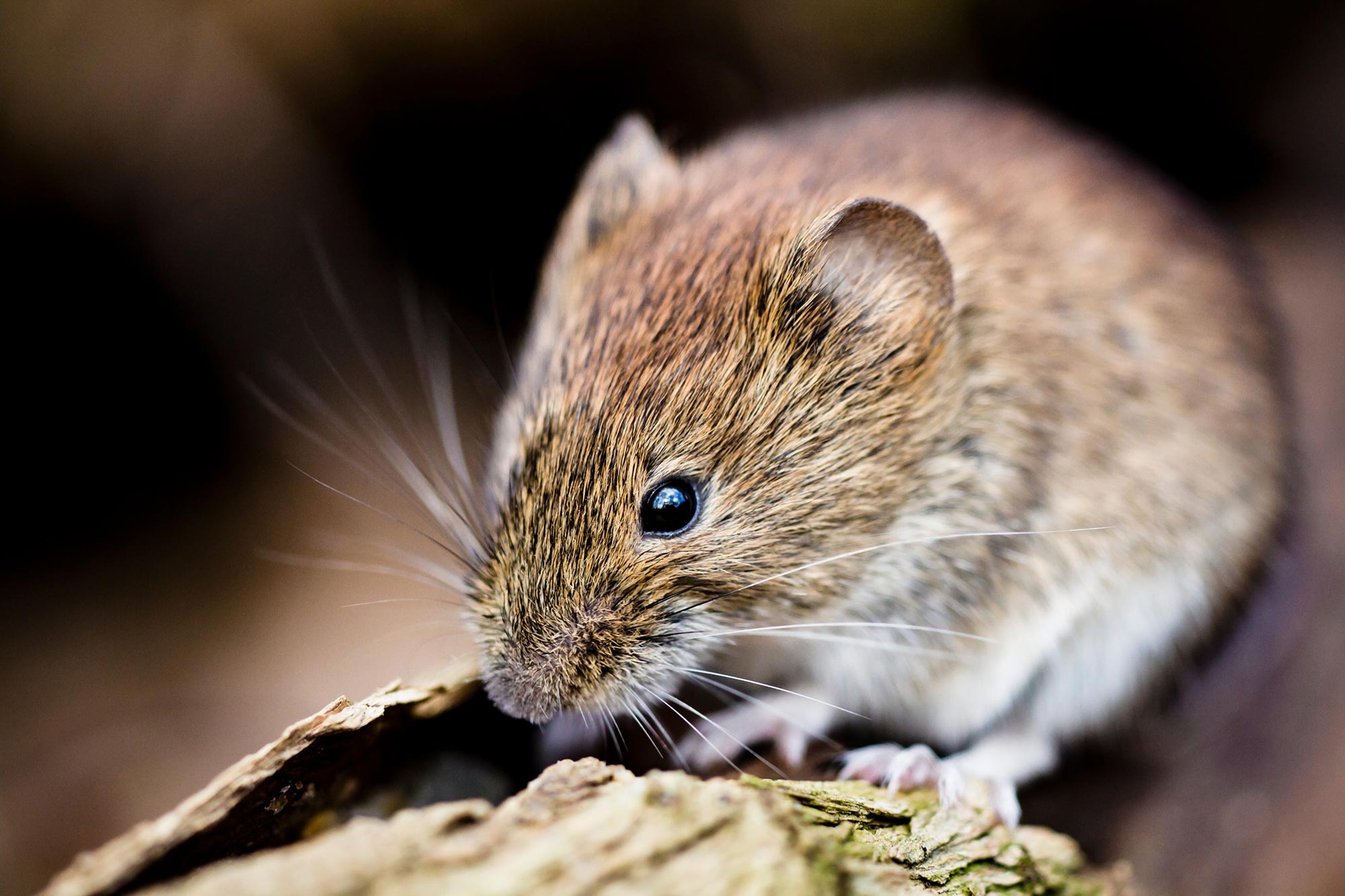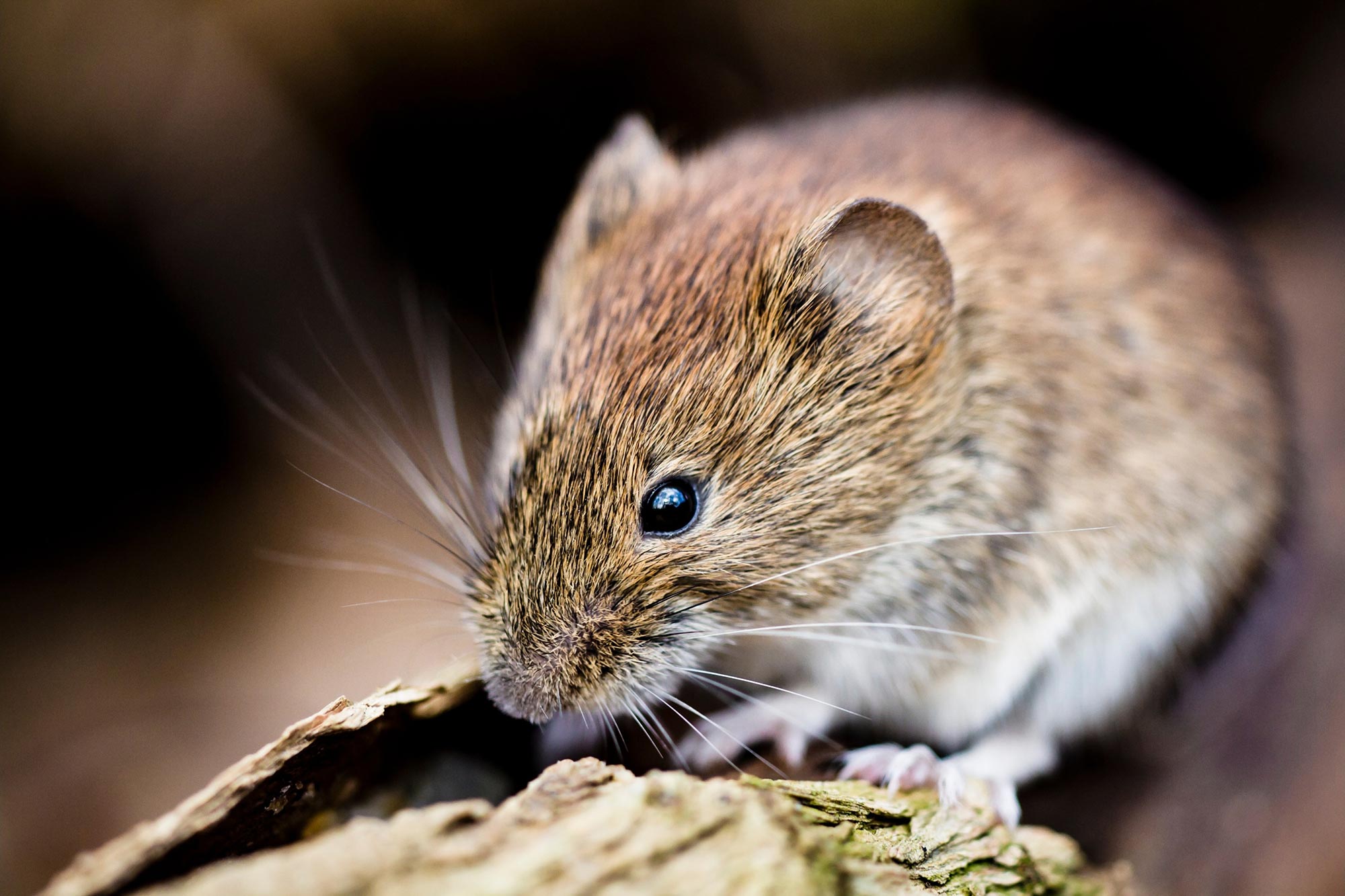Nauka
Nowy rodzaj koronawirusa wykryty u gryzoni


Nornice rude to małe gryzonie, które żyją głównie na obszarach leśnych.
Naukowcy z Zoonosis Science Center Uniwersytetu w Uppsali zidentyfikowali nowego koronawirusa. Ich badanie około 260 szczurów bankowych schwytanych w Grimsö w hrabstwie Örebro pokazuje, że wirus jest dobrze zadomowiony u szczurów czerwonogrzbietowych w Szwecji. Odkrycie zostało opublikowane w czasopiśmie Wirus.
szczury bankowe (Miody świecą) to gatunek małych norników o długości około 3,9 cala (10 cm), które żyją na obszarach zalesionych. Norniki to małe gryzonie spokrewnione z chomikami i lemingami, które w Ameryce Północnej są czasami nazywane myszami łąkowymi lub polnymi. Istnieje ponad 150 różnych gatunków norników.
Chociaż nadal tajemnicą, SARS-CoV-2, wirus, który powoduje[{” attribute=””>COVID-19, may have originated in bats. However, other coronaviruses are known to originate in rodents including rats, mice, and voles. Scientists in Sweden have now discovered a new coronavirus, called Grimsö Virus, and found it in 3.4% of the voles tested.
“Between 2015 and 2017, we consistently found what we have called the ‘Grimsö Virus’ in 3.4 percent of these voles, which would suggest that the virus is widespread and common in Sweden’s bank voles,” says Åke Lundkvist, Professor in virology and head of the Zoonosis Science Center at Uppsala University. He led the study together with researchers Jiaxin Ling and Anishia Wasberg, a doctoral student and the first author.
Researchers from the Zoonosis Science Center (ZSC) map zoonotic viruses to increase the understanding of the interaction between viruses and host animals. Unlike the SARS-CoV and MERS coronaviruses that originate in bats, seasonal coronaviruses, such as HCoV-OC43 and HCoV-HKU1, appear to have spread to humans from rodents like rats, mice, and voles. The objective is to increase knowledge and develop methods that can effectively limit major virus outbreaks and avoid infection spreading from animals to humans.

Researchers
In a new study published on June 1, 2022, in the journal Viruses, researchers from ZSC examined red-backed voles caught around Grimsö in Örebro County between 2015 and 2017 and tested them for coronavirus. Using an RNA sequencing method, they identified a new coronavirus known as the ‘Grimsö Virus’ belonging to the betacoronavirus family that also includes SARS-CoV, MERS, and SARS-CoV-2.
Rodents already carry several zoonotic microorganisms, such as Hantaviruses and Tularemia, meaning they play a key role in how infectious diseases are spread. In recent years, there has been a dramatic increase in infectious diseases that can be linked to small mammals, like rodents, and research around the ecology of these host animals is an essential component in the work to prevent future outbreaks.
The bank vole (Myodes glareolus) is one of Europe’s most common rodents. Previous studies have found several coronaviruses circulating amongst animals in countries like the United Kingdom, Poland, France and Germany.
“We still do not know what potential threats the Grimsö Virus may pose to public health. However, based on our observations and previous coronaviruses identified among bank voles, there is good reason to continue monitoring the coronavirus amongst wild rodents,” says Professor Åke Lundkvist.
Reference: “Discovery of a Novel Coronavirus in Swedish Bank Voles (Myodes glareolus)” by Anishia Wasberg, Jayna Raghwani, Jinlin Li, John H.-O. Pettersson, Johanna F. Lindahl, Åke Lundkvist and Jiaxin Ling, 1 June 2022, Viruses.
DOI: 10.3390/v14061205

„Piwny maniak. Odkrywca. Nieuleczalny rozwiązywacz problemów. Podróżujący ninja. Pionier zombie. Amatorski twórca. Oddany orędownik mediów społecznościowych.”
